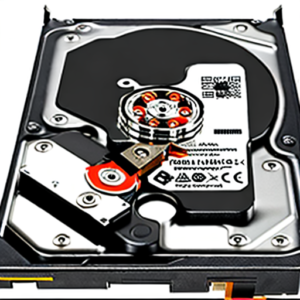Some common scenarios would be – two disks failure in a RAID 5 system, disk controller failure in any type of setup, ransomware (delete shadow, encrypt and delete), mechanical failure, accidental or malicious deletion.
Well planned backup is important. Poorly planned backup may fill your disks with stale data or old data while denying any additional new data from being backed up. Data that has not been accessed for a long time should be archived and moved to offsite facility for long term retention e.g. Iron Mountain.
Other option would be cheaper cold-tier cloud storage e.g. Azure Cloud or Google Cloud. There is also BackBlaze B2 that is reasonably cheap but offers hot storage. These are generally cheap to archive but expensive to restore.
On Windows servers or desktops, a forfiles command from command prompt will give you an indication of what are the files that have not been modified for the period you specify.
e.g. ForFiles /p “D:\LogFiles” /s /d -365
shows modified files 1 year before
Keep your initial disk array information in your documentation if it is not the default as it will make your data recovery from a RAID setup less painful. Create multiple images of varying setup will be stressful in situation where the disks are already failing.
Backup is a specialized area in IT and it requires proper planning, sizing, managing of duplicate / stale data, and ultimately to achieve your recovery point objective and recovery time objective. A unified backup strategy has to cover an array of different data structures – hypervisors, virtual machines, containers, databases and cloud. We provide solutions for backup and data recovery.
Tired of managing IT daily operation, security, malwares, backups, system updates and patches? Talk to us on our IT managed service and let us take care of your office’s IT needs.

